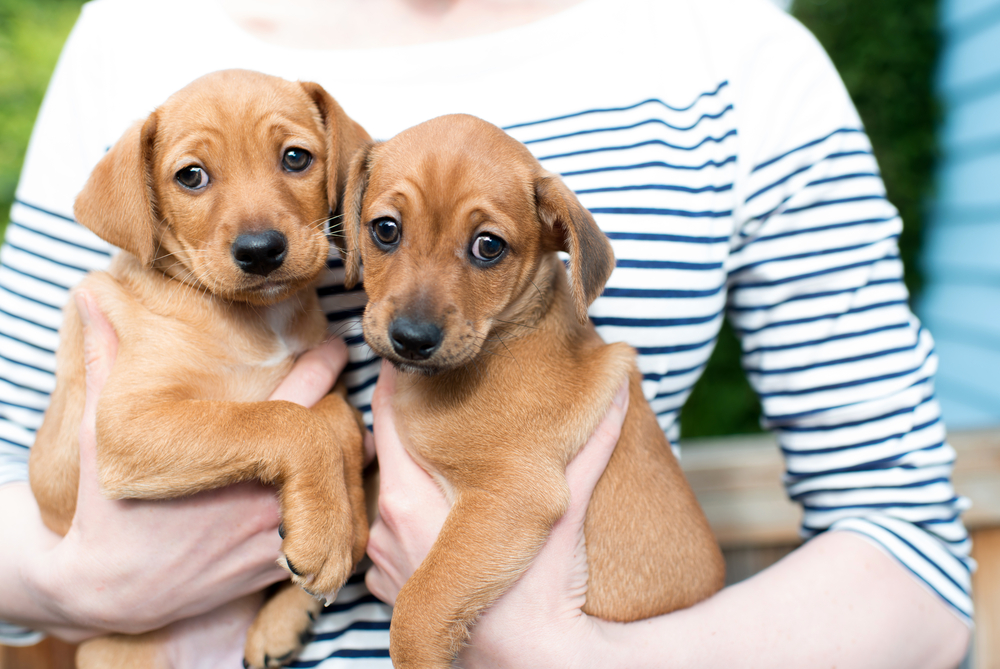What To Do When Visiting A Center To Adopt Dogs
What to do when visiting a center to adopt dogs
Welcoming an additional member to your family, especially a furry one, can be a lot more fun and exciting when you know the dos, don’ts, ifs, and buts of the entire process. Before carrying out a smooth transition for the dog and your family, do some preparation. Here is some information on what you should do before, during, and after visiting a center to adopt dogs.

What should you do before adoption?
- Make sure that everybody in the house is happy about the new furry member.
- Taking care of a pet needs a lot of devotion as it affects many aspects like time, energy, and money.
- Experts suggest that you should research the different breeds of dogs and their characteristics, keeping in mind the one that suits your lifestyle, before visiting a center and deciding which one to adopt.
- To avoid a delay in meeting your best friend, it is recommended that you finish all the paperwork required for adoption. These include everything from leases or ID proof to the veterinarian references.
- Just like making your house ready for a newborn baby, it is important to make sure your house is safe for your new dog.
- Dogs can get into trouble as much as kids could, so keep all the dangerous and valuable things out of reach.
- Though most shelters have websites, it can be overwhelming if you could walk in and see all those furry pooches.
What should you do when you are at the shelter?
- Don’t forget to ask whether the center requires you to bring your dog at home to meet and greet with a new dog to ensure that the bonding between the two animals would not be a problem when you adopt new dogs.
- Do not have a preconceived idea to adopt dogs of a single breed, because the shelter will have all kinds of dogs. So, it is important to keep your mind open and go with the flow of which one draws you in.
- Do not feel hesitant to ask about anything you want to know, such as the health history or the situation that put the dog in a shelter. The more information you get about your dog, the better prepared your family can be.
- Carry the paperwork you had prepared in advance for adoption, or else the shelter can delay the pet’s release for a day or more. Without submitting the proper documents, you cannot take the pet to your house with the license.
What should you do once you are home?
- It is not easy to train your new pup, especially when their cuteness gets in the way of being able to establish rules and limitations.
- Taking simple obedience classes to teach the dogs you adopt the proper way to behave, which will create a good bond between the animal and your family. It also helps the dog to overcome any behavioral issues.
- Animals may feel shy or act funny when they first get to a new environment. Experts recommend to leave the dogs you adopt alone for them to get used to the new habitat on their own terms and grow out of it.
- Get in contact with the shelters whenever you need to know anything about your pet. They would know a lot more about the animal than anybody else. Also, be up to date with your vet.
- If your house is not proofed or if there is nobody to take care of your dog while you are away, there are chances that your dog may get lost. Experts recommend registering your pet or installing a microchip in them to find and bring them back to shelter in such cases.
- Some families may find it difficult to bond with the animal or some may be looking for a specific breed. If this is the case, it is best to return the dog to the shelter.
How should you take care of the dogs you adopt?
- Feed your dog with love treats when they do good.
- Never yell at them for doing something bad; instead, show them what is right.
- Get them toys to play with so that they do not destroy the household items.
- Dogs get anxious quite often, so never lock them inside the house for a long time; let them play around or take them for a walk or jog to bring down their anxiety.
- Exercise your dog regularly. Different dogs need different workouts to keep them fit.
Disclaimer:
The content provided on our blog site traverses numerous categories, offering readers valuable and practical information. Readers can use the editorial team’s research and data to gain more insights into their topics of interest. However, they are requested not to treat the articles as conclusive. The website team cannot be held responsible for differences in data or inaccuracies found across other platforms. Please also note that the site might also miss out on various schemes and offers available that the readers may find more beneficial than the ones we cover.